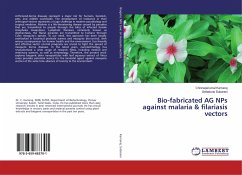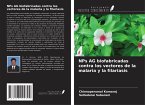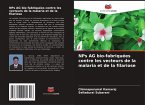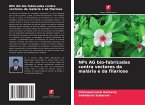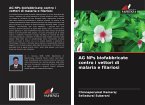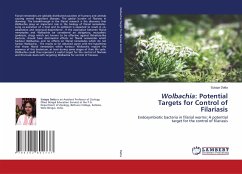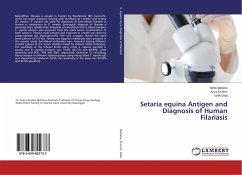Arthropod-borne diseases represent a major risk for humans, livestock, pets, and wildlife worldwide. The development of resistance in their arthropod vectors represents a huge challenge in modern parasitology and tropical medicine. Malaria is a life-threatening disease caused by parasites that are transmitted to people through the bites of infected female Anopheles mosquitoes. Lymphatic filariases, commonly known as elephantiasis, the filarial parasites are transmitted to humans through Culex mosquito's species. To our mind, this approach has been largely overlooked in botanical pesticide science and mosquito bio-control, with serious consequences for human health and the environment. Eco-friendly and effective vector control programs are crucial to fight the spread of mosquito borne diseases. In the latest years, nanotechnology has revolutionized a wide range of research fields, including medical and veterinary sciences, as well as entomology. Therefore, the present work explores biogenic silver nanoparticles with leaf aqueous extract of Vinca rosea provides potential source for the larvicidal agent against mosquito vectors at the same time absence of toxicity to the environment.
Bitte wählen Sie Ihr Anliegen aus.
Rechnungen
Retourenschein anfordern
Bestellstatus
Storno

